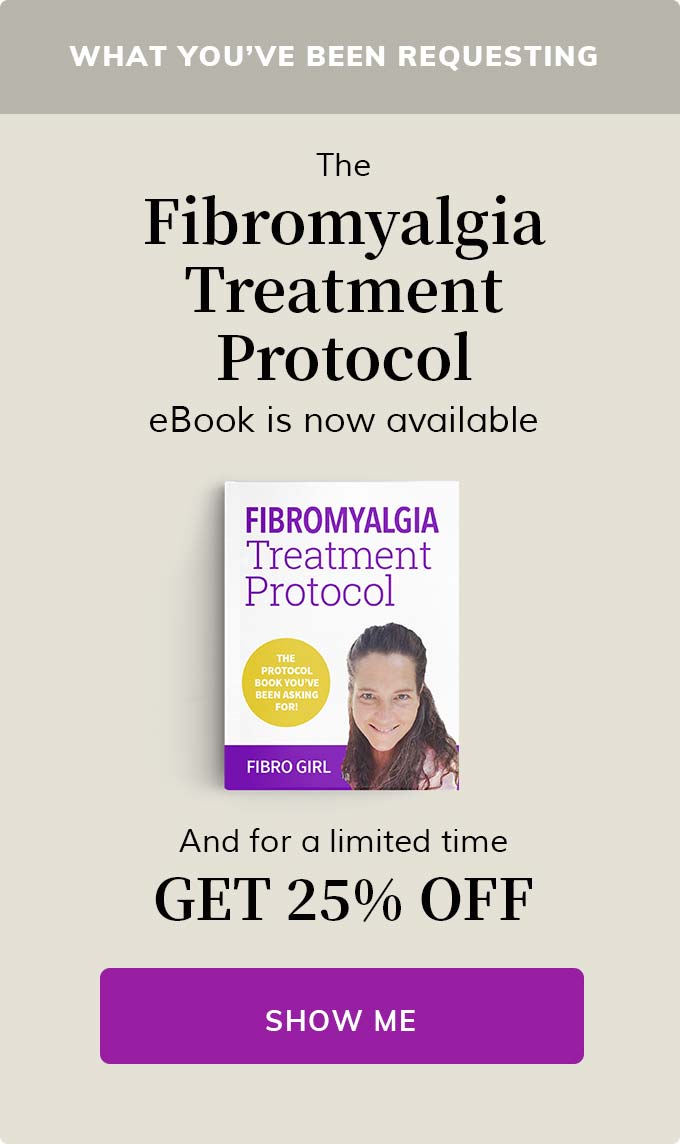Finding Relief for Fibromyalgia with
Aquatic Therapy

Water itself is Therapy
Remember when you were young? Did you spend a lot of time in the water?
I was at the pool just this week, and a young girl was screaming at the top of her lungs when it was time to get out of the water. NO! "I don't want to get out!!!"
She was so content just floating around the pool with her little floaties on.
There are so many ways that water supports our minds and bodies.
Floating, feeling lighter, the feeling of letting go when we walk into a body of water.
The body just knows.
And, being in the water, especially salt water, is excellent for the kidneys, heart, and the nervous system.
Aqua tools/ Aqua Jogger
You have likely seen or used various tools in the water. But some of them are not all that useful to really engaging core muscles and leg muscles.
You might consider trying the Aqua Jogger. (available online)
This device is easy to use and helps to engage the larger muscle groups without stress on the joints.
Yes, you can also just do the jogging motion in the water, depending on how much you actually utilize the pool.
Be careful to not kick out from the legs if you have sensitive knees, as this can cause pain in the joints, even when in the water.
Getting some exercise on land first, will actually make the aqua exercise more effective. Even a walk or strength work before swimming is excellent.
Salt water versus Chlorine
I prefer salt water pools, and for most people with Fibromyalgia, or any auto immune condition, I believe salt water is best to avoid contact with chlorinated water.
With any endocrine issues like low thyroid, or auto immune thyroid, we want to avoid swimming for long periods of time in chlorinated water.
For some, it can cause a delayed reaction, where you feel ok right after, but depending on how much chlorine exposure, you might feel it later or be kept awake at night as your body is trying to detox the chlorine from your skin.
it could manifest as a burning or itching feeling or general malaise.
Heated chlorinated pools can cause even more exposure.
If that is all you have available, and aquatic therapy helps your fibromyalgia, then by all means, do what works for you, but it might also help to seek out a salt pool or bring awareness to local pool operators.
Of course if you live close to the beach, there is just about nothing better than natural salt water.
Movement Patterns
As a practitioner/trainer specializing in Fibromyalgia, I believe in keeping exercise both safe and effective. Even with water therapy, we need to be aware of some precautions.
Be careful with patterns of movement that involve "kicking out" from the body. This may be kicking your feet while holding on to the side of the pool, or it could be doing a stroke like the breast stroke where the legs are kicking back, and it may seem innocent enough, but it is not very supportive to the knees.
Focus on movement patterns that keep the legs closer to the body, like leg lifting or aqua jogging. This also engages the core.
Lifting and extending with the arms is good as long as there are not immediate shoulder tears.
Floating Therapy
Floating therapy, also known as sensory deprivation therapy or flotation therapy, is a holistic wellness practice that involves floating in a specially designed tank or pod filled with a buoyant solution of water and Epsom salt.
The therapy aims to create a unique sensory environment that promotes relaxation, stress reduction, and a sense of well-being.
While floating therapy is not a direct treatment for clinical depression, it can be used as a complementary therapy to help manage depressive symptoms for some individuals. Here's how it works and its potential benefits:
- Sensory Deprivation: In a floating therapy session, the individual floats effortlessly in a tank filled with warm water and a high concentration of Epsom salt (magnesium sulfate). The high salt content makes the water extremely buoyant, allowing the person to effortlessly float on the surface. The tank or pod is designed to minimize sensory input, including light and sound, creating an environment of sensory deprivation.
- Relaxation and Stress Reduction: The sensory-deprived environment promotes deep relaxation and can help reduce stress and anxiety, which are common factors associated with depression. The warm water and weightlessness also encourage muscle relaxation.
- Meditative and Mindful Experience: Many people find floating therapy to be a meditative and introspective experience. It can help individuals disconnect from external stimuli and focus on their thoughts and inner experiences. This mindfulness aspect may help individuals gain insight into their emotions and thought patterns, which can be beneficial for managing depression.
- Pain Relief: Epsom salt is believed to have pain-relieving properties, and floating therapy may help alleviate physical discomfort or tension that can be associated with depression.
- Improved Sleep: Some individuals with depression experience disrupted sleep patterns. Floating therapy's relaxation effects can lead to improved sleep quality, which is essential for managing depression.
- Enhanced Mood: While not a direct treatment for depression, floating therapy has been reported to improve mood and promote a sense of well-being. The release of endorphins during relaxation can contribute to this effect.
- Reduced Sensory Overload: For some people, especially those with sensory processing issues, depression can be exacerbated by sensory overload. Floating therapy can provide relief from this sensory bombardment, allowing individuals to reset and recharge.
It's important to note that floating therapy is not a substitute for professional medical treatment for clinical depression.
Social Interactions
The pool is a great place to meet people and interact EVEN IF you don't plan to go in the water.
My husband and I recently moved to Florida, and we met more people at one time when we started going to the pool than any other place.
Maybe it's not about socializing every time, but going solo, and reading a good book while listening to the kids playing and splashing in the background.
I actually love that, don't you?
Your first block of text...
Fibromyalgia Aquatic Therapy > Home
Associated Articles:
Fibromyalgia and Aerobic Exercise
Before you leave, my sitemap can provide you with a "God's-eye" view of this website laid out in "outline format".
Stay connected by using the contact form below.
Your second block of text...
Didn't find what you were looking for? Search for it:
living-smarter-with-fibromyalgia.com
©2013-2025 All Rights Reserved
FibroFitPeople, LLC ;©2025 All Rights Reserved









